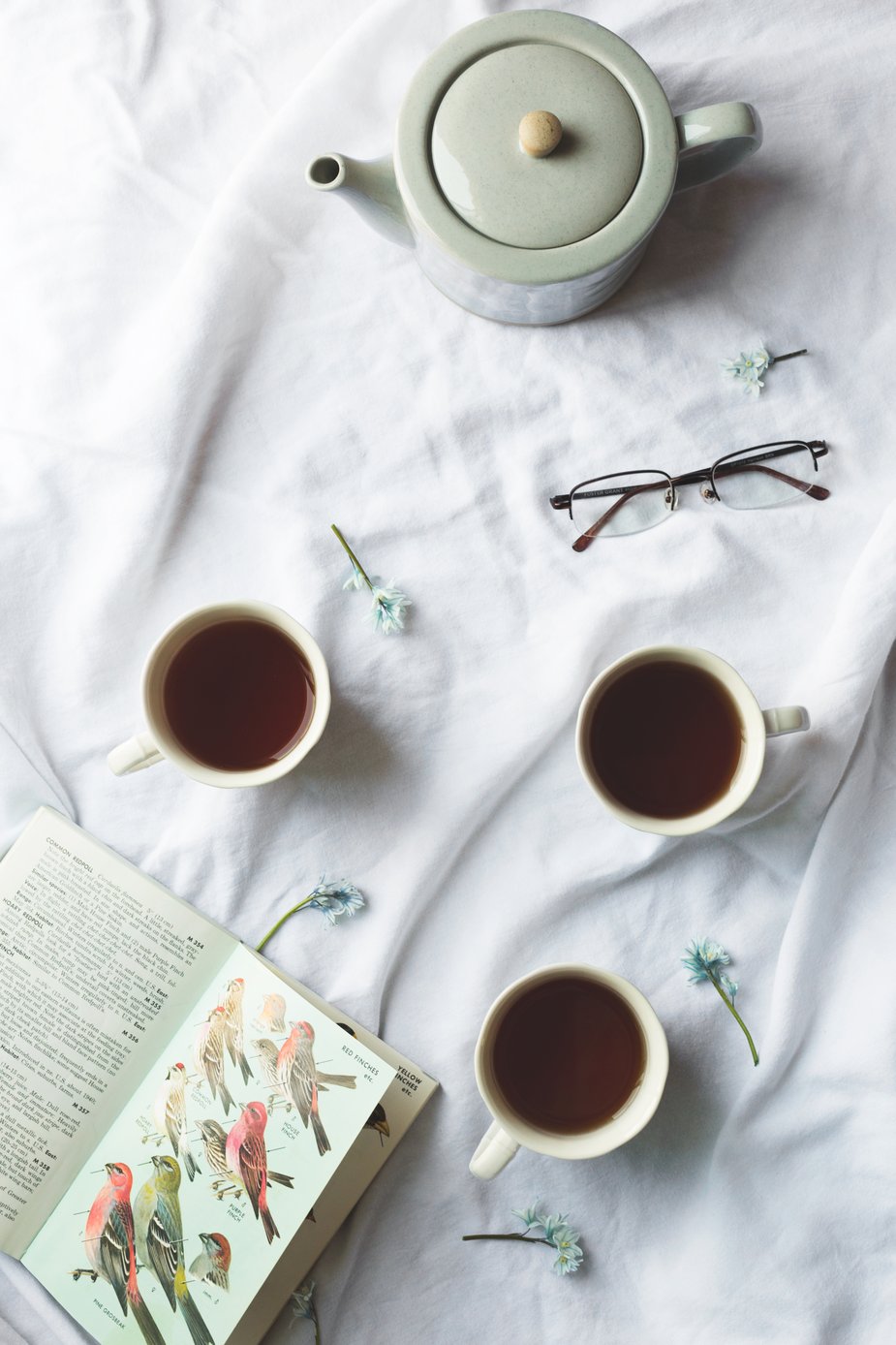What causes red cheeks in a child?
Slapped cheek syndrome (also called fifth disease or parvovirus B19) is a viral infection that’s most common in children, although it can affect people of any age. It usually causes a bright red rash on the cheeks.
When should I be worried about my rosy cheeks?
In most cases, people do not need to seek medical attention at the first sign of rosy cheeks. It is often possible to monitor and treat the condition at home. However, people should seek medical attention if they experience any of the following: redness that lasts for more than a week.
Can a virus cause red cheeks?
Fifth disease is a virus that causes a bright red rash to appear on the cheeks. It’s most commonly seen in school-aged children.
What causes red cheeks?
Blushing is triggered by emotions which send blood to your face, causing your cheeks to turn red. There are several conditions that may make you look like you are blushing when you are not. Cold weather can turn your cheeks red, but so can lupus or an allergic reaction.
Can you have slapped cheek without fever?
Most children who get slapped cheek do not have any symptoms, and if they do the symptoms are usually very mild. A common symptom is cheeks that look like they have been slapped, which is where the virus gets its name. Slapped cheek is not life threatening and complications are rare.
What causes flushed cheeks without fever?
Flushed skin occurs when the blood vessels just below the skin widen and fill with more blood. For most people, occasional flushing is normal and can result from being too hot, exercising, or emotional responses. Flushed skin can also be a side effect of drinking alcohol or taking certain medications.
Why are my son’s cheeks red and hot?
Fifth disease is also called erythema infectiosum. And it’s known as “slapped cheek” disease. This is because the rash can cause a child’s cheeks to become very red. Fifth disease is spread from one child to another through direct contact with fluid from the nose and throat.
How do I know if my child has slapped cheek?
The first symptoms can include fever, headache, stomach upsets, aches and pains. After a few days of being unwell, a bright red rash may appear on the cheeks. Your child may also have a different rash on their chest, back, arms and legs, which looks like a pink lace pattern on the skin.

